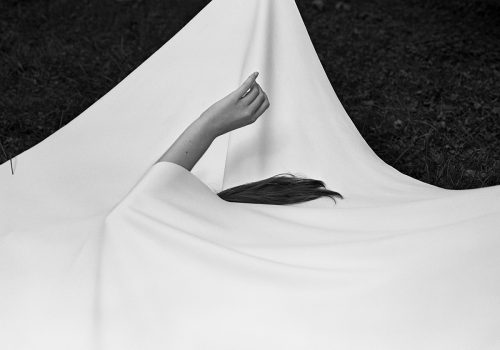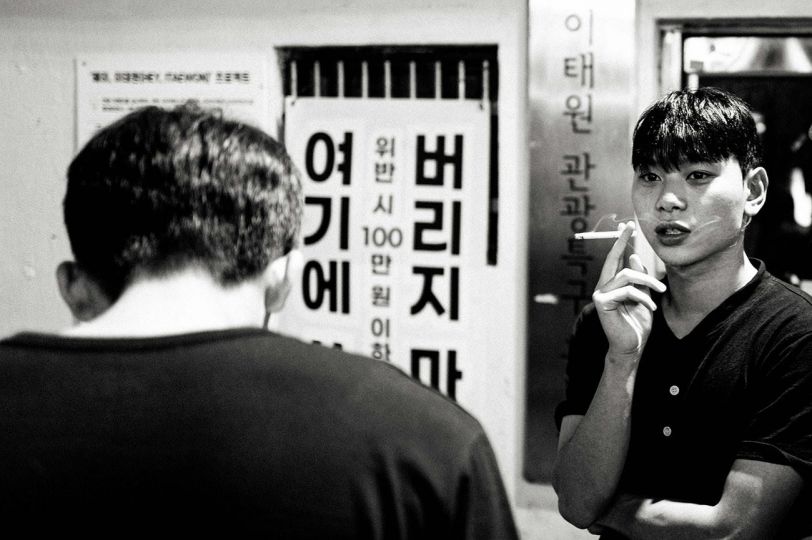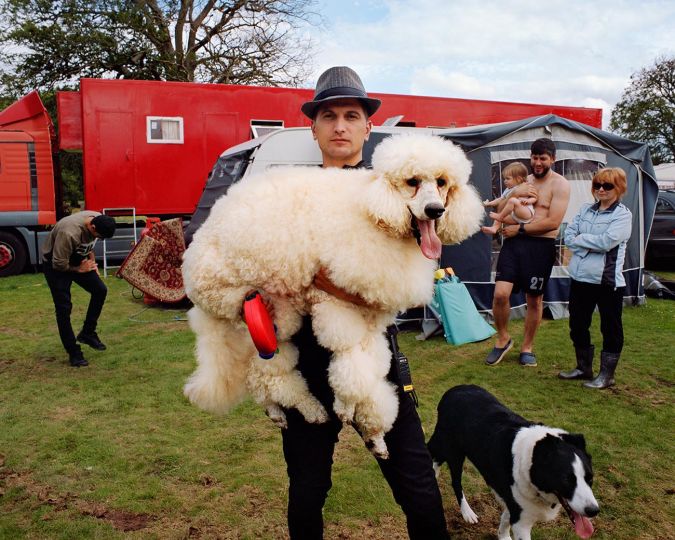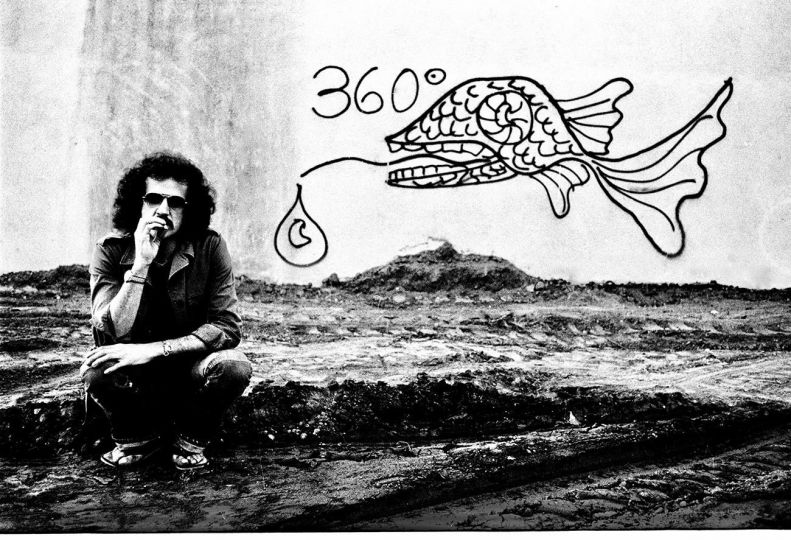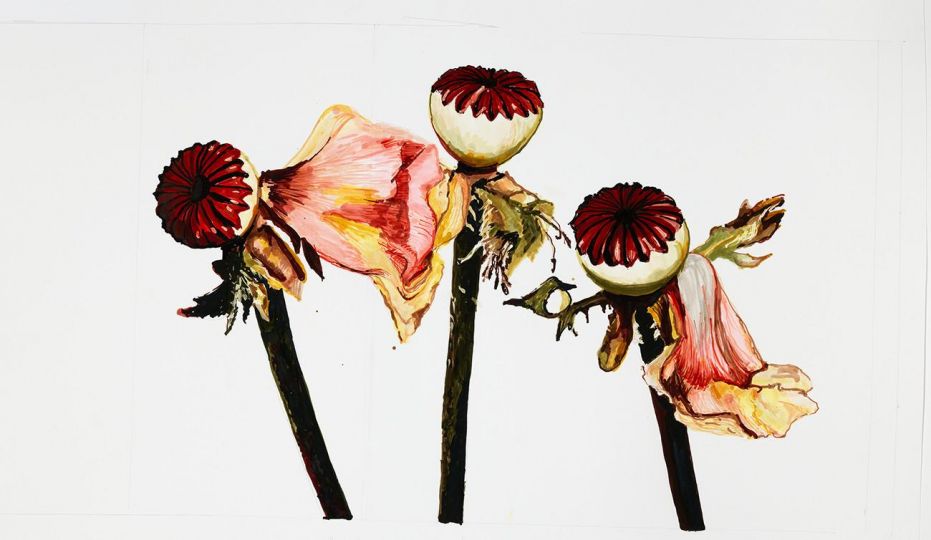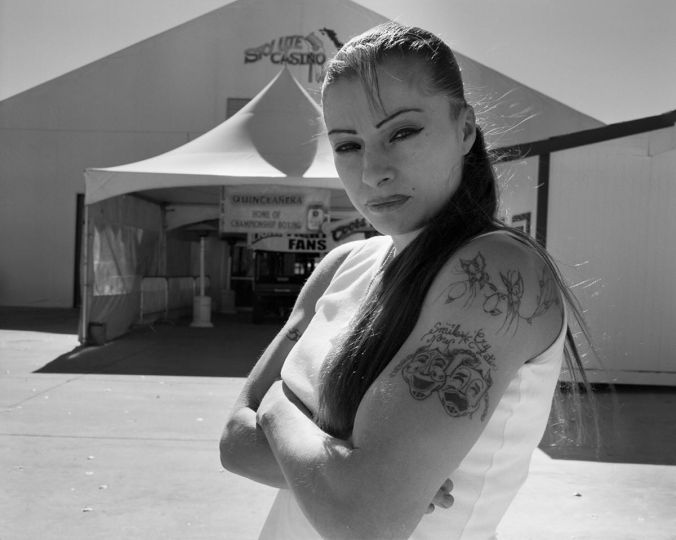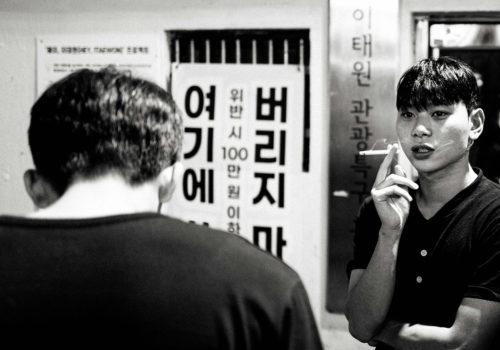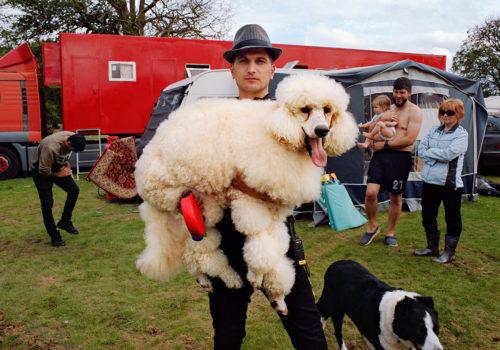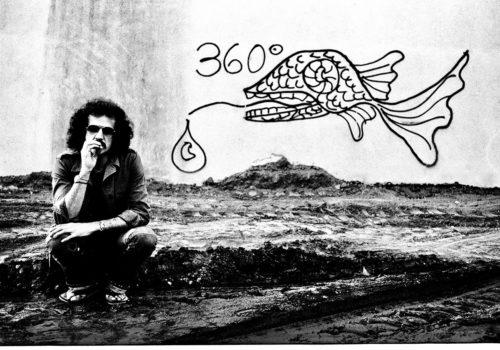A question about identity
Paradoxically, the question of identity that I pose does not arise in the course of my life searchings. It would seem I have already put the process of putting down roots, of asking myself: where? when? behind me. Nevertheless, questions concerning who we are is coming into play right now, and open my latest photographic series, Oblivion. Hidden Identity.
“There is no dispute over the fact that memory is a condition for the sense of identity, both individual and collective, that we are ourselves because we carry our past as our own, that the remembered personal history, however full of gaps and distortions, is the very person.”[1]
The Oblivion. Hidden Identity series allows me to go back to a theme relating to the human condition. The titular reference to oblivion indicates an unnatural state. Treating it as a factor of human weakness, as a type of amnesia involving a loss of memory in relation to events[2], is a pretext for using archival images. Images from my memory, but not only mine. The clash between the past and the present is the main focus of the series. This view spanning several generations reveals the history of the southern part of the country, which is culturally and socially diverse, and rich in various traditions and experiences. A rather complicated history because it is connected with a difficult period of time.
“We all know that memory is selective and sometimes plays tricks on us; probably everyone carries in their memory various events they would rather forget about, but this is not something we can decide for ourselves. Everyday experience also teaches us that certain things we don’t remember, and things we would like to recall but cannot, may later return uninvited to our consciousness. Perhaps, then, we have a complete memory stored intact somewhere, though often unavailable or sometimes seemingly destroyed by brain damage or various diseases. Perhaps.”[3]
The series consists of over a dozen photographs of various sizes, in both black-and-white and colour, accompanied by a publication and multimedia activities. It begins with an already familiar image of a piece of fabric that I deliberately deconstruct. I draw back the curtain, allowing a character to enter. I reveal an image of Podhale (south of Poland). A picture by Bruegel appears, painted on white snow – a multi-faceted image in terms of both form and content. An image that conveys the story of many people, but draws the viewer’s eye to one figure, that of a woman. An athletic person, crossing a road that is somehow historically important, who is discovering the history of her identity, discovering herself.
Joanna Chudy
[1] Leszek Kołakowski, Mini-wykłady o maxi-sprawach, Wydawnictwo Znak, Kraków 2009, p.248-249.
[2] Arthur S. Reber, Słownik psychologii, Warszawa 2002; p.415.
[3] Leszek Kołakowski, op.cit., p. 248.
https://croisonsnosregards.fr/
https://www.facebook.com/pheminafestival/
@festivalphemina

